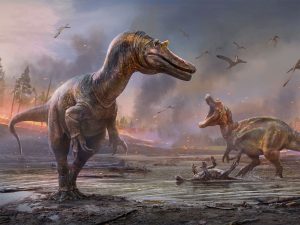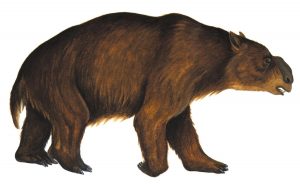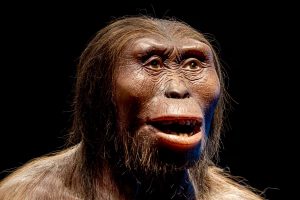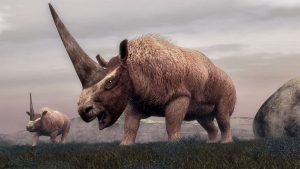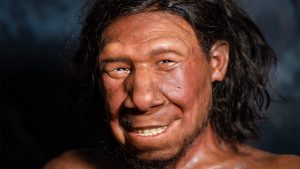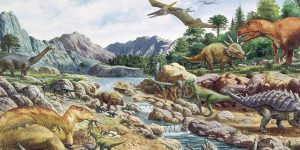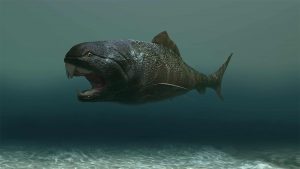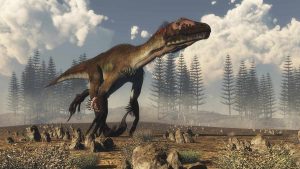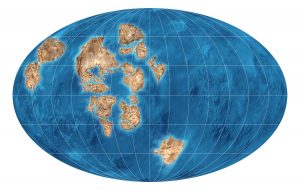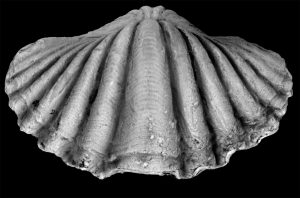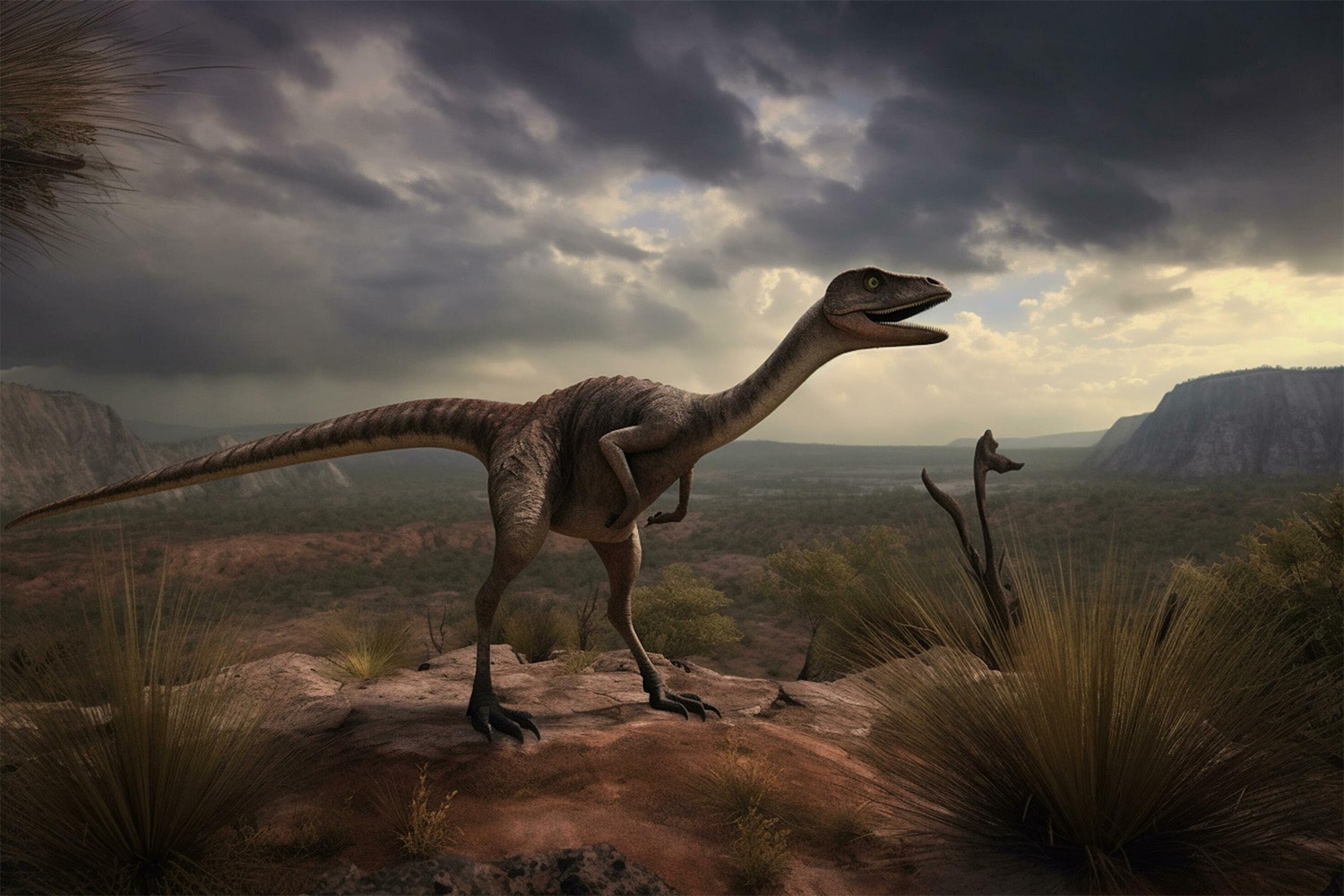
26 interesting facts about Velociraptor
- 👁️ 1320
Velociraptors, one of the most iconic dinosaurs made famous by the “Jurassic Park” series, have captivated the imagination of many. However, the real velociraptor was quite different from its Hollywood portrayal. These creatures were smaller, feathered, and possibly more cunning than many other dinosaurs of their era. Living approximately 75 to 71 million years ago during the late Cretaceous period, velociraptors roamed the landscapes of what is now Mongolia. Their name, meaning “swift seizer,” reflects their reputation as agile predators. Here are 26 interesting and informative facts about velociraptors that highlight their unique characteristics and behaviors.
- Velociraptors were relatively small dinosaurs, measuring about 2 meters (6.5 feet) in length.
- They weighed around 15 to 20 kilograms (33 to 44 pounds), similar to a medium-sized dog.
- The first velociraptor fossil was discovered in 1923 in the Gobi Desert of Mongolia.
- They had a large, sickle-shaped claw on each hind foot, which was likely used to tackle prey.
- Velociraptors were likely very fast runners, with estimates suggesting speeds of up to 40 kilometers per hour (25 miles per hour).
- Their skulls were lightweight and narrow, with about 26 to 28 teeth on each side, designed for slicing through flesh.
- Evidence suggests that velociraptors were covered in feathers, similar to birds.
- Despite their bird-like appearance, there is no evidence to suggest that they could fly.
- They had long, slender arms with three-fingered hands, which could have been used to grasp prey.
- Velociraptors were part of the theropod group of dinosaurs, which is the same group that birds evolved from.
- The famous “fighting dinosaurs” fossil, discovered in 1971, shows a velociraptor locked in combat with a Protoceratops.
- This fossil provides direct evidence of predatory behavior and suggests that velociraptors hunted other dinosaurs.
- Velociraptors had a semi-rigid tail, supported by long bony projections, which helped with balance during fast turns and sprints.
- Their jaw muscles were not particularly strong, suggesting they relied on their sharp claws and speed for hunting.
- The shape of their eye sockets suggests that they had excellent vision and could have been nocturnal hunters.
- Some paleontologists believe that velociraptors used pack hunting strategies to take down larger prey.
- Analysis of velociraptor teeth indicates they may have been scavengers as well as predators.
- The velociraptor genus includes several species, with Velociraptor mongoliensis being the most famous.
- Their brain size in relation to their body size suggests that they were among the more intelligent dinosaurs.
- The environment they lived in was likely semi-arid with sand dunes, not the dense jungles often depicted in movies.
- Velociraptors had a relatively short lifespan, estimated to be around 5 to 6 years.
- They shared their habitat with several other dinosaur species, including the larger theropod Tarbosaurus.
- There is evidence to suggest that velociraptors might have had a brooding behavior similar to modern birds.
- The “raptor” in their name has inspired the naming of modern birds of prey, although there is no direct relation.
- Fossilized velociraptor eggs have never been found, leaving their reproductive behavior largely a mystery.
- The portrayal of velociraptors in “Jurassic Park” is more accurate for the larger dinosaur Deinonychus, which was considered for the movie’s script before being replaced by the more dramatically named velociraptor.
Velociraptors, though not the towering monsters seen on the silver screen, were fascinating creatures that highlight the diversity and adaptability of dinosaurs. Their small size, agility, and possible pack hunting strategies made them formidable predators of their time. As research continues, our understanding of these ancient animals deepens, revealing a complex picture of life millions of years ago. The study of velociraptors not only sheds light on the evolutionary path of birds but also continues to intrigue and inspire curiosity about the natural world.
